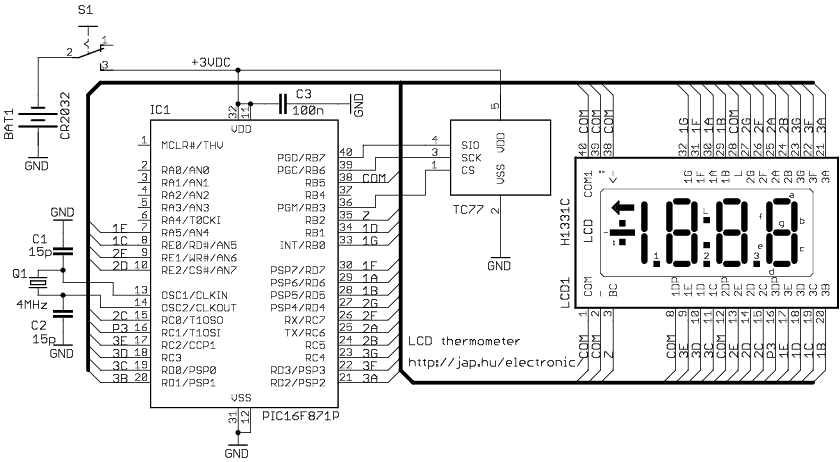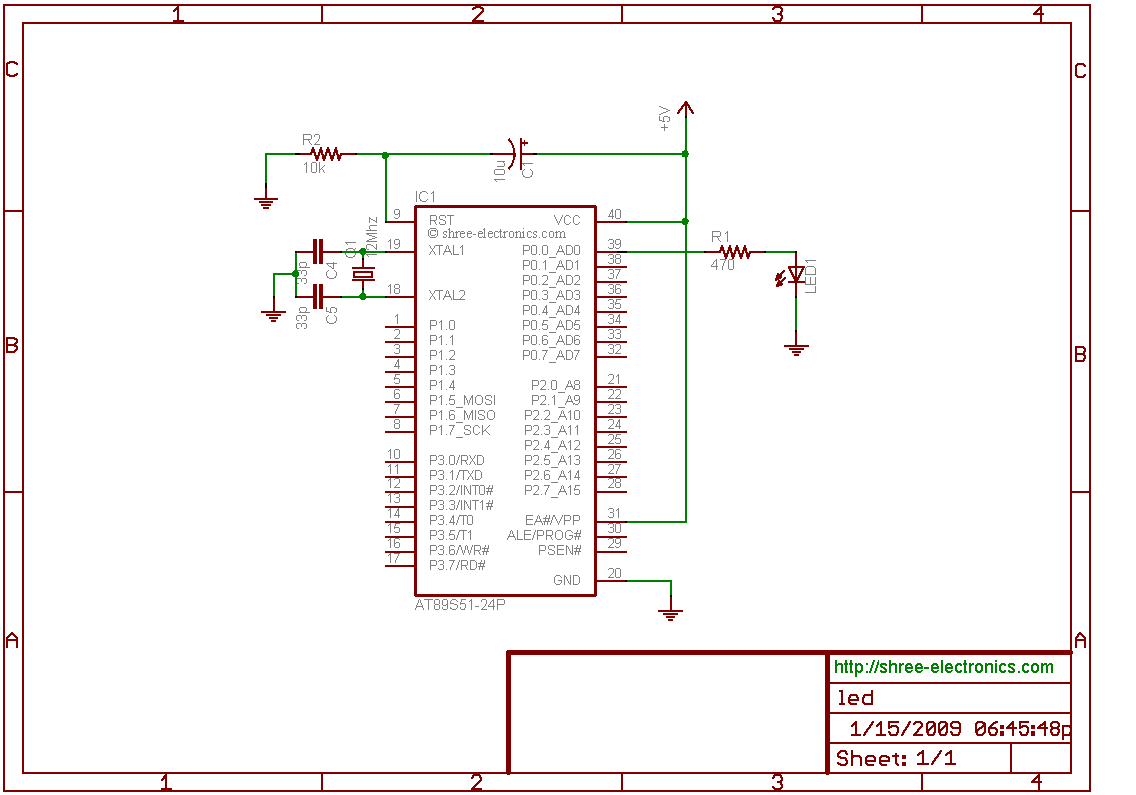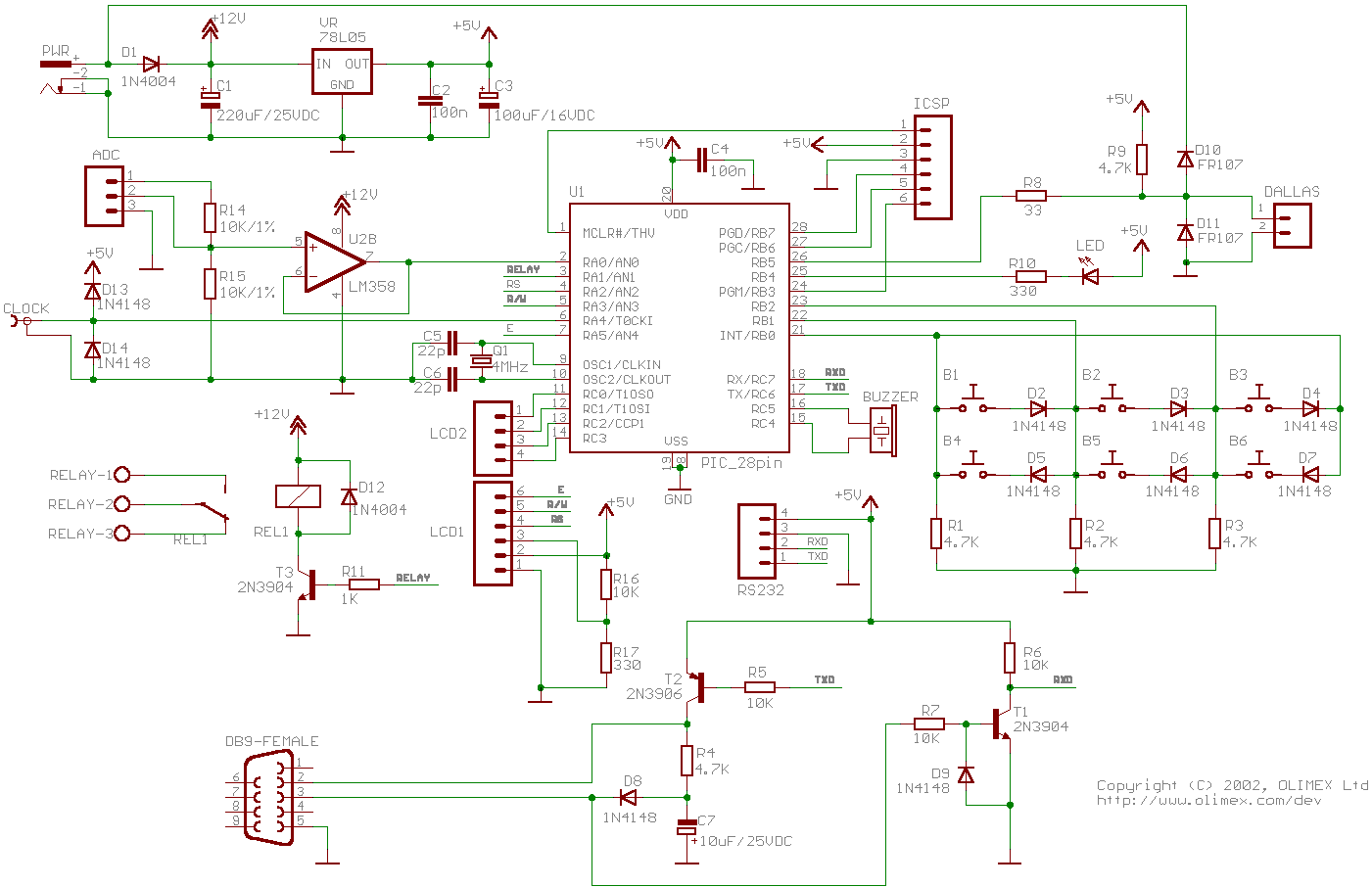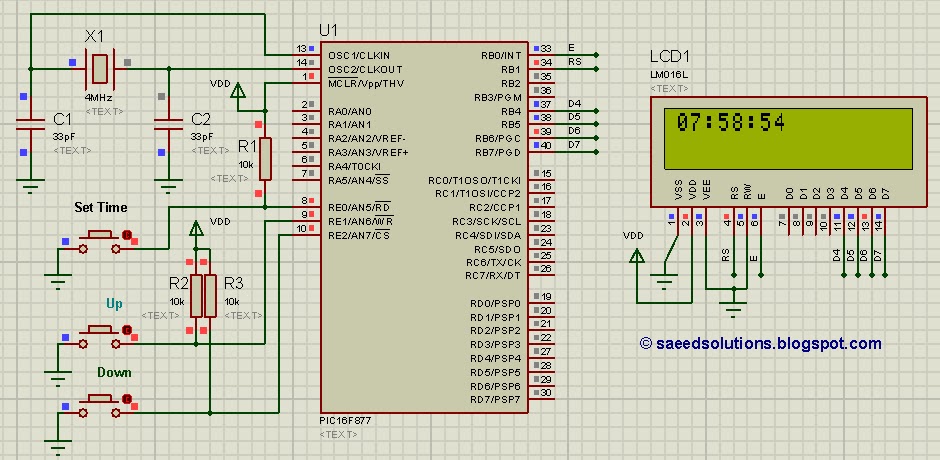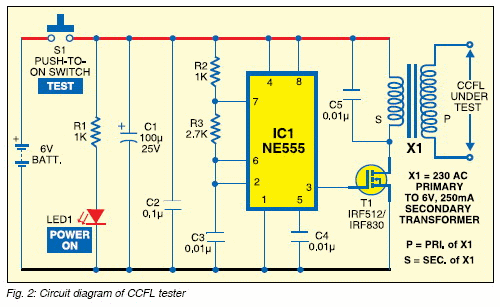
pic lcd interfacing 4 bit mode
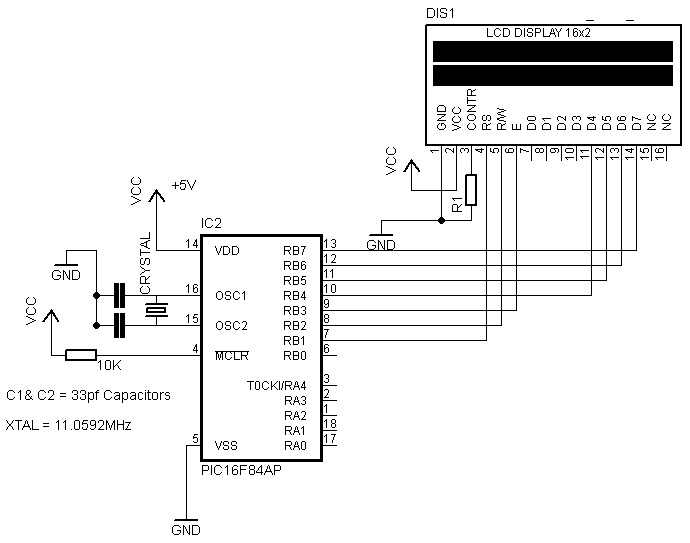
This resource provides a variety of PIC Microcontroller tutorials that cater to both beginners and advanced users. These tutorials enable individuals to gain expertise in microcontroller programming and circuit design without the need for costly embedded system courses.
The tutorials cover essential topics, starting from the basics of microcontroller architecture, programming languages such as C and assembly, to more complex concepts like interfacing with various sensors and actuators. The structured progression allows learners to build a solid foundation before advancing to intricate projects that integrate multiple components and functionalities.
Each tutorial typically includes theoretical explanations, practical examples, and step-by-step instructions for circuit design and implementation. Users can expect to learn about essential tools such as Integrated Development Environments (IDEs), simulation software, and hardware debugging techniques. Additionally, the tutorials may explore various communication protocols, such as I2C, SPI, and UART, which are crucial for establishing connections between microcontrollers and peripheral devices.
By utilizing these resources, individuals can develop a comprehensive understanding of embedded systems, enhance their problem-solving skills, and gain hands-on experience that is invaluable in the field of electronics. This approach not only fosters self-learning but also empowers users to undertake personal projects and contribute to the growing field of microcontroller applications.offers a number of PIC Microcontroller Tutorials which ranges from Begginner to Advanced Level. With this tutorials any one can master in the field of Microcontroller Programming and circuit designing without spending money for expensive Embedded System Courses. .. 🔗 External reference
The tutorials cover essential topics, starting from the basics of microcontroller architecture, programming languages such as C and assembly, to more complex concepts like interfacing with various sensors and actuators. The structured progression allows learners to build a solid foundation before advancing to intricate projects that integrate multiple components and functionalities.
Each tutorial typically includes theoretical explanations, practical examples, and step-by-step instructions for circuit design and implementation. Users can expect to learn about essential tools such as Integrated Development Environments (IDEs), simulation software, and hardware debugging techniques. Additionally, the tutorials may explore various communication protocols, such as I2C, SPI, and UART, which are crucial for establishing connections between microcontrollers and peripheral devices.
By utilizing these resources, individuals can develop a comprehensive understanding of embedded systems, enhance their problem-solving skills, and gain hands-on experience that is invaluable in the field of electronics. This approach not only fosters self-learning but also empowers users to undertake personal projects and contribute to the growing field of microcontroller applications.offers a number of PIC Microcontroller Tutorials which ranges from Begginner to Advanced Level. With this tutorials any one can master in the field of Microcontroller Programming and circuit designing without spending money for expensive Embedded System Courses. .. 🔗 External reference
Warning: include(partials/cookie-banner.php): Failed to open stream: Permission denied in /var/www/html/nextgr/view-circuit.php on line 713
Warning: include(): Failed opening 'partials/cookie-banner.php' for inclusion (include_path='.:/usr/share/php') in /var/www/html/nextgr/view-circuit.php on line 713
